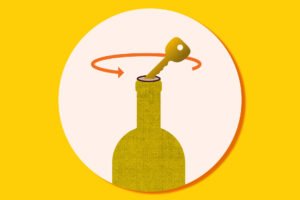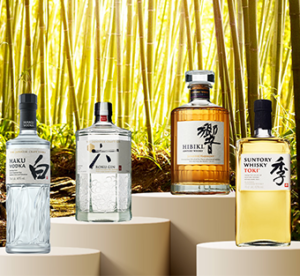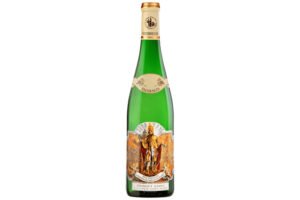
The Lucas Winery was established in 1978 because we believed we had the soil, climate, and vineyards to produce great wines. Our philosophy is simple – We believe wines should be crafted to reflect the place they are from. Crafting organically farmed*, hand harvested, unblended pure varietal wines is our specialty. When you visit our winery, our goal is to provide a space for you to learn about and enjoy wine and the art of winemaking.
Great Wines Begin in the Vineyard

We believe great wines begin in the vineyard. ZinStar is a 3.5 acre historic, organically farmed, head pruned vineyard. The vineyard is unique as she achieves ripe flavors at low sugars, yielding low alcohol wines of pleasure and promise. You will find these wines to be a treat with food pairings. Since we can not capture the sunlight, or dig deep enough into the soil, we can still simply enjoy each other’s company at the table.

Hand Harvesting
Since the historic ZinStar vines are head pruned, they cannot be machine harvested. Hand harvesting allows us to select perfect clusters without defects. Uniformity of ripeness is one of the most important criteria to achieve balanced wines. Grape clusters do not ripen at the same time within the vine or from vine to vine. We apply several techniques to achieve uniformity of ripeness.

Weak Shoot Removal
We find it is imperative to remove short and weak shoots. The leaves act like solar panels to capture the sunlight and ripen the grapes uniformly. Ideally, we strive for sixteen to twenty leaves per cane. As you can see in the photograph, these shoots only have about 4-5 leaves.

Veraison Thinning
This technique is possibly more important than any other effort in the winery to achieve premium wines. Veraison selection and thinning is a skill we learned years ago in Burgundy. As they say in Burgundy, “Le vin commence dans la vigne.” Since we do not blend our wines, quality has to begin in the vineyard. All we have is what is in that little berry! Veraison thinning takes place when the clusters are ripening from a light green color to black. We remove any clusters that are lagging behind which are more than 50% green. When walking into the vineyard the next morning, suddenly everything looks ripe. Just don’t look down on the ground, as this technique results in a crop reduction of 40% to 50%. Since all grape clusters are black when picked, it is impossible for those hands harvesting the grapes to know if a cluster is under-ripe, ripe, or over-ripe. For example, when you are selecting bananas in the market you can tell, based on color, their level of ripeness; however, this is impossible to tell during harvest since all clusters appear black.

Fall
These hand-harvested, uniformly ripe, Zinfandel clusters will yield wines that reflect the elegant personality of the historic ZinStar vineyard. Her wines are not blended as she can provide excellent quality without the help of other varieties. Hand sorting during harvest removes any unwanted grapes. De-stemming and crushing takes place immediately in the vineyard to preserve the delicate characteristics of ZinStar wines.

Winter
Skilled pruning of last year’s growth achieves a 2-bud renewal spur. A potential glass of ZinStar Zinfandel lies dormant within this renewal spur.

Spring
Mother Nature sets the flowering stage in mid-May for future grapes to bloom. Warm temperatures during bloom create uniform pollination and set the grapes on the path towards harvest. It all begins here as the vines awaken to a new year and a new vintage.

Summer
Elegant Zinfandel wines are an enormous challenge. The hand work balancing the vine ensures that all the clusters are at the same level of ripeness. This is the first step toward creating fully ripe and mature grapes. In the summer, thinning and removal of late maturing clusters ensures that only uniformly ripe grapes will be harvested.







